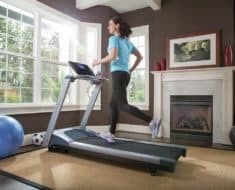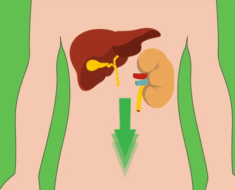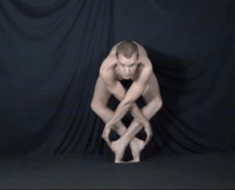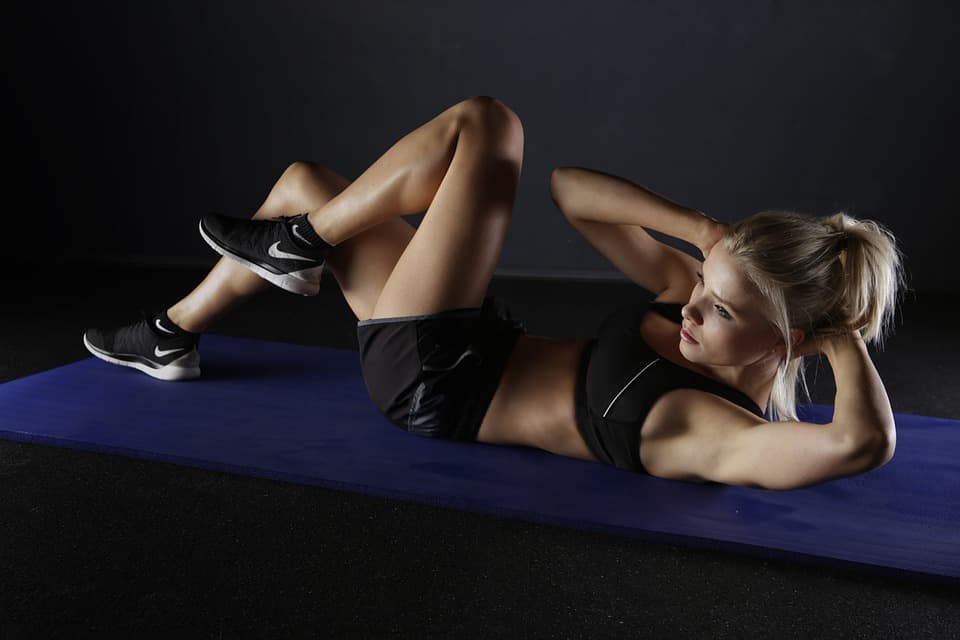
Source: Pixbay
Expert health experts have paired the right exercises that you should do with your age.
While random exercise in life is never a bad thing, a more routine exercise schedule is always best!
The information, published in the e book How to Live to 100, was written by Lindsay Lyon, Kimberly Palmer, and Philip Moeller.
So here it goes — this is what exercises you should be doing based on your age range!
20s

Source: Pixbay
The muscle that you build during your 20’s, can and will stay with you for the rest of time! So needless to say, staying active and healthy in your 20’s is very, very important to your future self and health.
The book also recommends these activities for at least 30 minutes:
- Lifting weights
- Pushups
- Lunges
Those in their 20’s should aim to workout at least 2-3 hours per week!
According to Pamela Peeke, assistant professor of Medicine at the University of Maryland, four or more hours of exercising per week can reduce a woman’s risk of breast cancer by 60 per cent.
30s

Source: Pixbay
Exercises for your 30’s should mix upper and lower body strengths, so if you’re already doing some of these, try the others:
- Cross-training
- Cycling
- Running
- Swimming
- Yoga
- Tai chi
- Dancing
Stretching is also important, and the book suggests heel to toe walks too!
40s
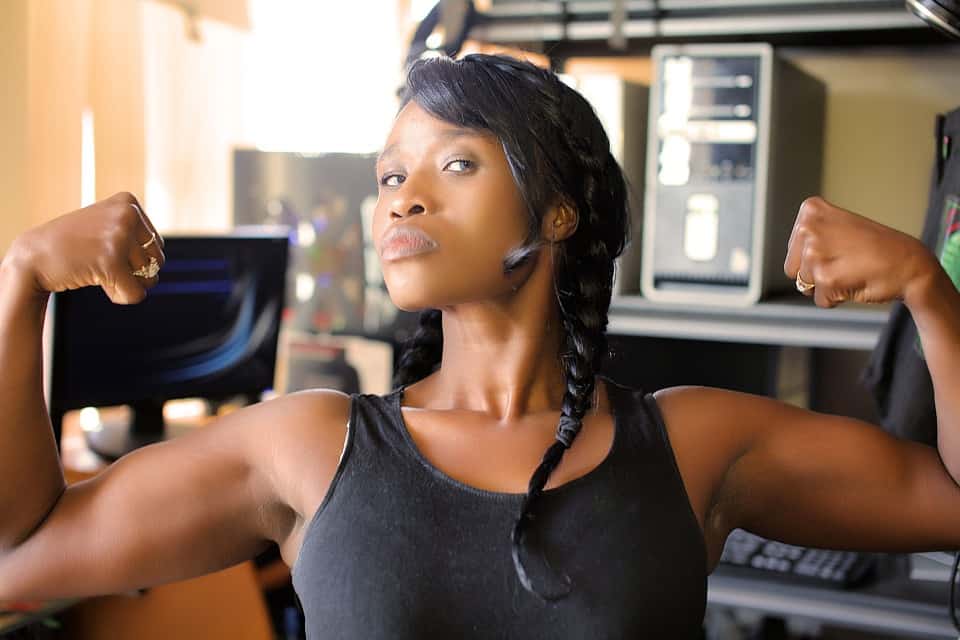
Source: Pixbay
Your 40’s is when you can start preserving your strength and belly fat.
The book states that most people stop lifting weights in their 40’s, but this is exactly when you should up the ante and keep lifting.
Muscle strength drops in both men and women – specifically for men this can be by as much as five to eight per cent.
Keeping this lean muscle and your metabolic rate high requires regular strength work outs. This will keep your calories burning away, and the fat away too.
- Weight lifting
- Consistent exercise
50s

Source: Pixbay
Aches and pains are inevitable with ageing, but you can adapt your exercise programme around them. So if you have sore knees, cut out running and take up swimming.
Try these exercises:
- Pilates
- Yoga
- Aerobics
The first two of these will help with back strength, and stopping your posture from curving forward, as tends to begin around this age.
The American Heart Association recommends 30 minutes of aerobics, five times per week.
According to the book, there’s no need to overdo in these sessions. Aerobics are just as effective in your 50s when done at at moderate exertion, and this will avoid extreme fatigue and muscle soreness.
60s

Source: Pixbay
Continuing regular exercise will offset chronic conditions like diabetes and heart disease.
Moreover, having greater body strength will improve your chances when you take a tumble, avoiding hip fractures.
Good exercises to keep up are:
- Weight lifting (at least once, ideally two or three times per week for 30 minutes).
- Alternate between upper body and lower body.
- Zumba
- Water aerobics
70s

Source: Pixbay
When you are in your 70’s, you should refrain from vigorous exercise routines, but stay active.
- Arm raises with resistance bands
- Leg lifts
- Aerobics (chair based)
- Stretching







